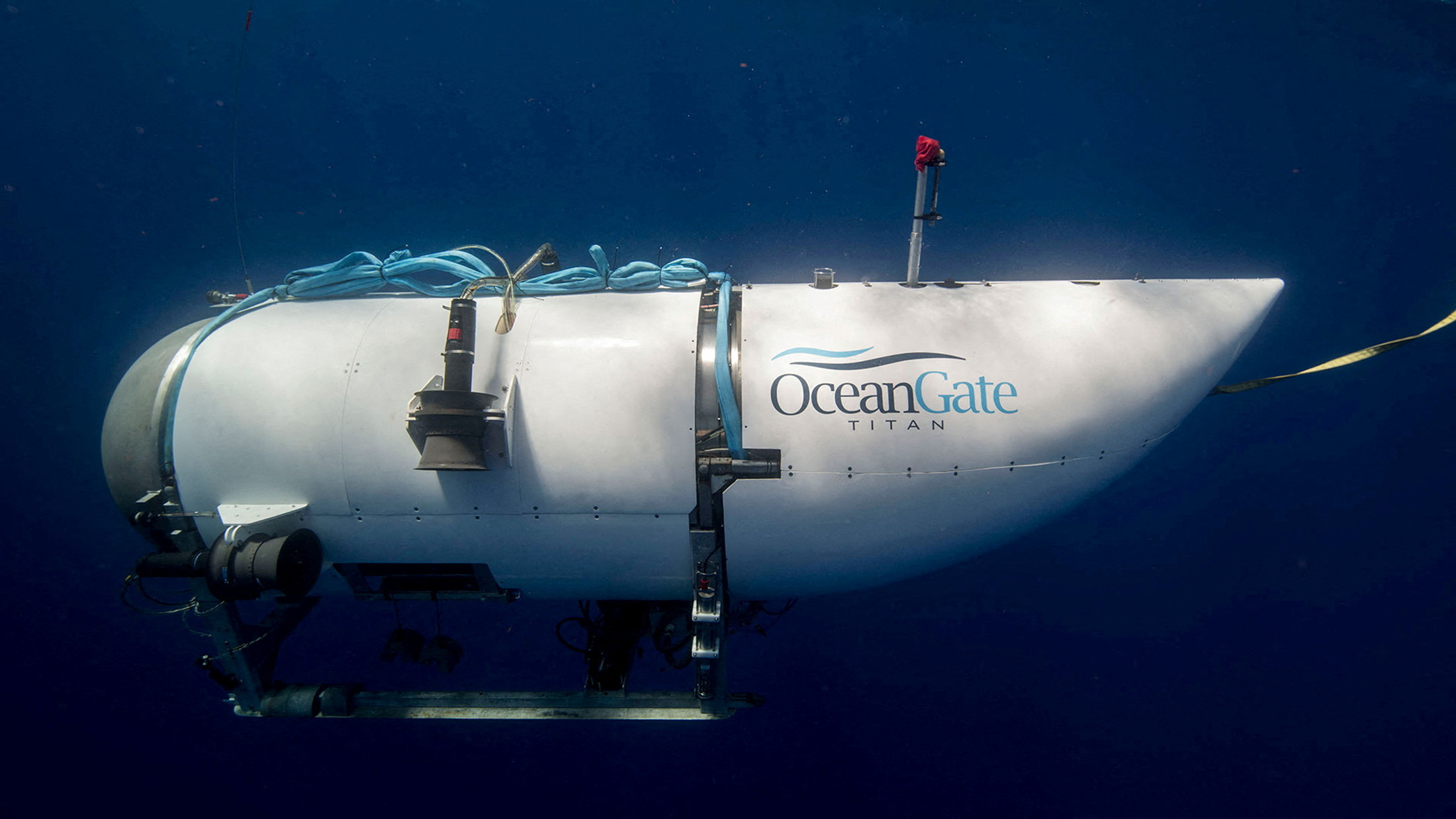How AI Could Have Avoided the Titan Submersible Implosion
On June 18, 2023, the Titan submersible, carrying five people on a voyage to the century-old wreck of the Titanic, was destroyed due to an implosion. The submersible was traveling at a depth of around 3,800 meters (12,400 feet), where the water pressure is nearly 6,000 pounds per square inch (psi).
The implosion is believed to have been caused by a failure of the submersible’s pressure hull. This could have been due to a number of factors, including a manufacturing defect, damage from an underwater obstacle, or a failure of the submersible’s safety systems.
The loss of the Titan is a tragic reminder of the dangers of underwater exploration. However, AI could have been used to reduce the risk of this accident. For example, AI could have been used to:
Scan the ocean floor for hazards
AI could have been used to analyze sonar data to identify underwater obstacles that could pose a danger to submersibles. This information could then have been used to create safe paths for submersibles to follow.
Control the submersible’s movements
AI could have been used to control the submersible’s movements in real time, avoiding obstacles and ensuring that the submersible remained within safe operating parameters.
Diagnose problems
AI could have been used to diagnose problems with the submersible’s systems, such as leaks or faulty equipment. This information could then have been used to take corrective action before a problem escalated.
In addition to these safety benefits, AI could also have been used to improve the efficiency of underwater exploration. For example, AI could have been used to:
- Plan dives more effectively. AI could have been used to analyze data from previous dives to identify the most promising areas for exploration. This information could then have been used to plan dives that were more likely to be successful.
- Automate tasks. AI could have been used to automate tasks that are currently performed by humans, such as collecting samples and conducting experiments. This could have freed up human divers to focus on other tasks, such as making scientific observations.
The use of AI in underwater exploration is still in its early stages, but it has the potential to revolutionize the way we explore the depths of the ocean. By reducing the risks of accidents and improving efficiency, AI can help us to make new discoveries and learn more about our planet.
Conclusion
The loss of the Titan is a tragedy, but it is also a reminder of the potential benefits of AI in underwater exploration. As AI technology continues to develop, we can expect to see even more innovative ways to use AI to explore the depths of the ocean.
Update
The US Coast Guard has confirmed that the five crew members on the Titan submersible were killed in the “catastrophic implosion”. The victims have been identified as:
- Stockton Rush, CEO of OceanGate
- Shahzada Dawood
- Suleman Dawood
- Hamish Harding
- Paul Henri Nargeolet
The cause of the implosion is still under investigation, but experts believe it was likely due to a failure of the submersible’s pressure hull.
Our hearts go out to the families and friends of the victims. This is a tragic loss, and we will never forget their contributions to underwater exploration.









